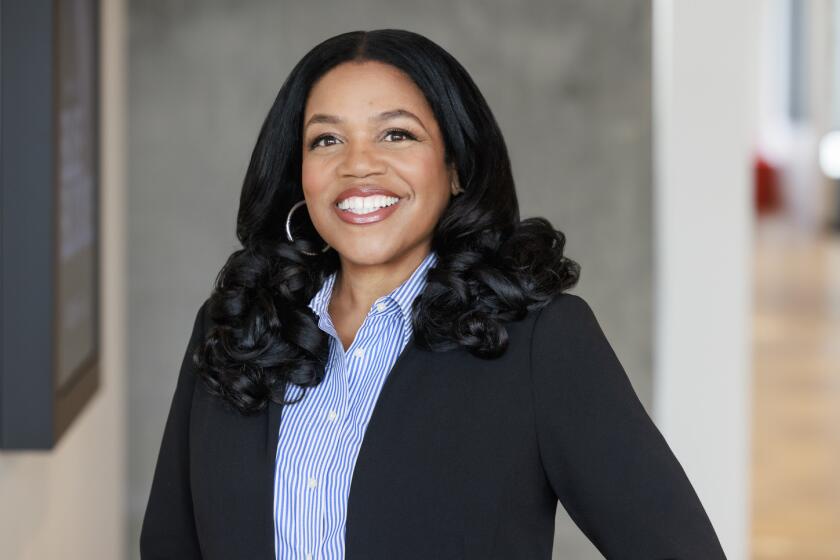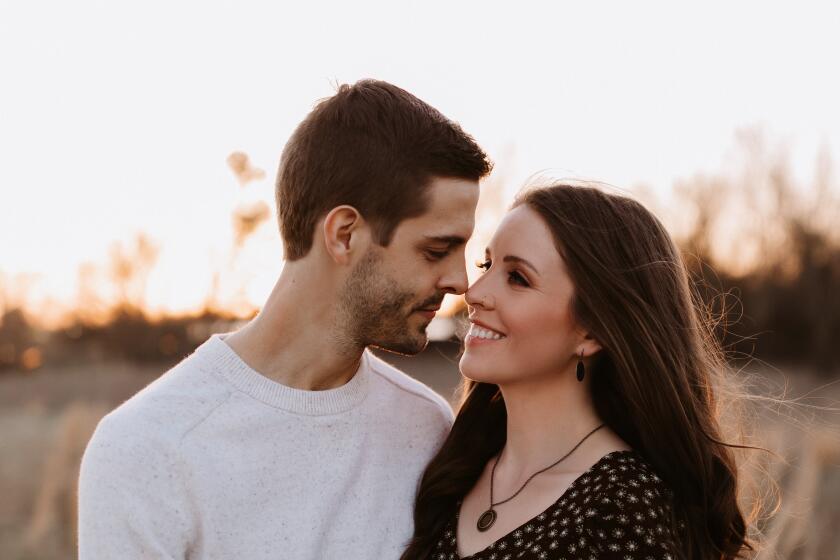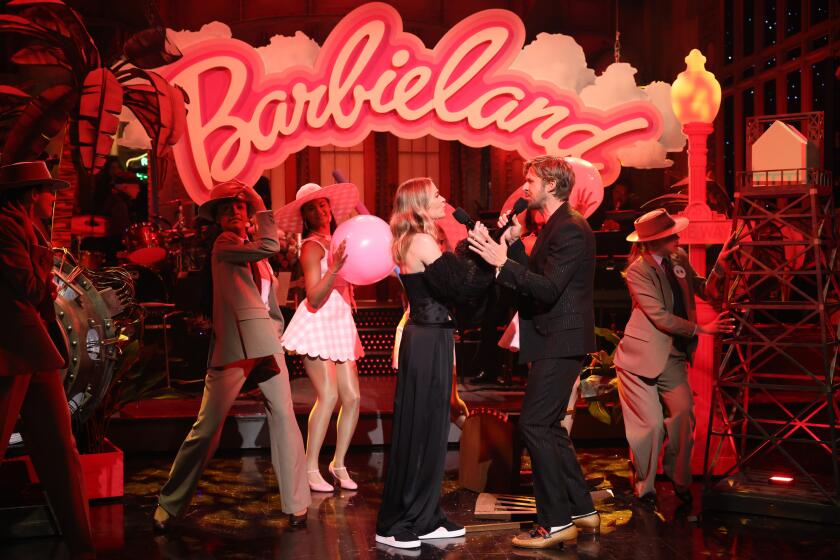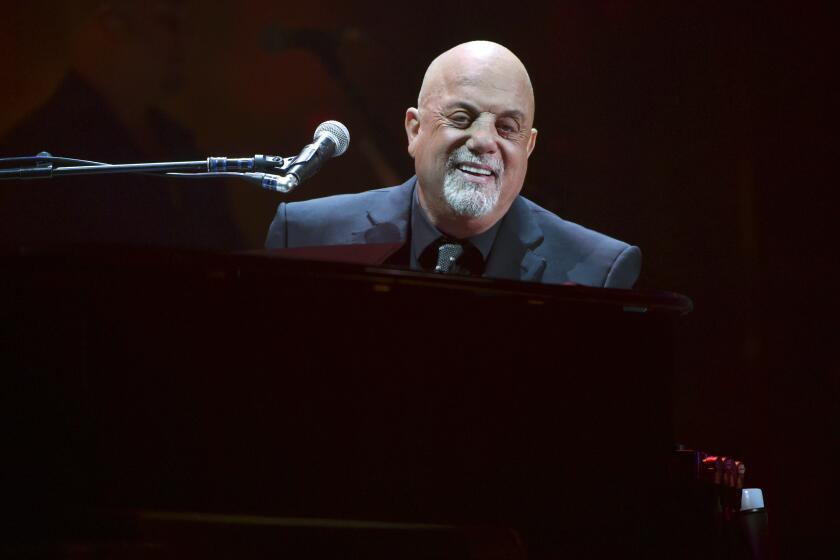Paul Schimmel and Hauser & Wirth pick downtown spot for arts complex

Former Museum of Contemporary Art chief curator Paul Schimmel and international gallery powerhouse Hauser & Wirth will officially announce on Friday the location for their ambitious, multidisciplinary arts center: a former flour mill complex in the downtown Los Angeles arts district.
The 100,000-square-foot, seven-building compound at 901 E. 3rd St. — which includes a Neoclassical bank building, a five-story mill structure and a 20,000-square-foot interior courtyard — will open as Hauser Wirth & Schimmel in January with a two-month pop-up group show before closing for renovations. It’s scheduled to reopen permanently in early 2016, offering “a new paradigm for the 21st century art gallery,” organizers said in a statement.
Hauser & Wirth, which shows contemporary and modern art and has exhibition spaces in London, Zurich and New York, has long been planning a Los Angeles outpost. Last spring it signed Schimmel as a partner and set about scouting for a location.
------------
FOR THE RECORD:
Mass MoCA: In the June 6 Calendar section, an article about Paul Schimmel, partner in the forthcoming Hauser Wirth & Schimmel art center, said that the Mass MoCA art center is in Boston. Mass MoCA is in the Berkshires, a few hours outside Boston.
------------
The arts center will be a for-profit business with intimate rooms as well as wide-open warehouse spaces for what organizers said will be “museum-caliber” exhibitions, at which art will not be for sale, as well as commercial art shows, project spaces for art-making and public events. A restaurant and bar will be on site.
The center foresees three to five exhibitions on view at any one time, turning over multiple times a year, by artists from around the world and not necessarily affiliated with Hauser & Wirth — though the gallery will also show its own artists, including a heavy L.A. contingency.
“More of our artists live in L.A. than in any other city. They’re a diverse, multigenerational group whose work informs our international program and shapes contemporary dialogue,” said the gallery’s president and owner, Iwan Wirth. “It seems particularly fitting to launch our third decade by creating Hauser Wirth & Schimmel and pioneering a new gallery model in the city known around the world as a place for imagination, reinvention and new forms of cultural expression.”
Schimmel, who will run the L.A. arts complex, spoke about his vision and programming plans for the space, which he calls “a magical place that time has not touched.”
Why did you choose this particular neighborhood for Hauser Wirth & Schimmel, and did you look elsewhere?
The neighborhood, I have to say, was the center of where we were looking. It’s remarkable the changes that’ve been going on there, a real groundswell of people moving into these live-work spaces and the creation of this sort of Lower Manhattan. It’s transformed, almost overnight, into this serious urban center. It’s also a couple of blocks from the Gold Line. But we looked all over, on both sides of the river, in West Hollywood, the Wilshire Corridor.
First on my mind was to find a unique space where we could show different kinds of work, simultaneously. Here there are seven different buildings, built over a period of 40 years and built around a courtyard. That meant a great deal to me. Artists love the idea of sitting outside and having coffee and looking at something. It was really the unique assembly of buildings — and there were simply more of them in this area.
You envision the arts center as a sort of exhibition-gallery-event space hybrid with free admission. What would you compare it to, physically and programming-wise, in Los Angeles right now?
I’d compare it to the Geffen, in terms of scale and that it’s downtown. It’s a little like Mass MOCA [in Boston], one of the children of MOCA, in that it’s in an industrial area in different buildings. It’s of that lineage.
Hauser & Wirth is a major international gallery with a very strong representation of L.A. artists, so that’s one kind of programming. The commitment is to do both historical exhibitions, like you’d see in museums, that really explore things thematically, generationally, conceptually. It will also be a space that will invite artists with whom Hauser & Wirth has no affiliation, or maybe have never even shown in L.A., to come and make projects, so it’s a project space too. It’s a facility that’s really a destination — a strong educational component, with exhibitions, events, a restaurant and bar, and places for people to linger and experience art in a more casual manner.
Will it be anything like Hauser & Wirth Somerset, the arts complex set to open in southwest England next month?
There are similarities. But Hauser & Wirth Somerset is very bucolic, two hours from London. It is the romantic 19th century version of this, which is, in some ways, coming out of the early 20th century industrialization.
Tell us about the debut show planned for January, prior to renovations. Will it include Hauser & Wirth artists such as Mark Bradford, Paul McCarthy and Sterling Ruby?
It’s a group show, artists who have emerged in the last 15 years. There may be some lesser-known names and quite a few well-known names. There will be five or six artists, and each will have their own building. So five or six gallery-sized, one-person exhibitions, with people from the gallery and people who have never shown with Hauser & Wirth previously. But all with a connection to L.A. I wanted to start with work made by artists working here and now. I wanted it to be relative to the 21st century, rather than, say, the 1980s.
I remember when PS1 opened years ago in New York. It was quite special that they invited artists to come in and make works that would go on display in a building that was untouched, a raw space. [In January] we will have made none of the improvements to the space yet. It will have 100 years of history in it. We’ll put up lights and it’ll have security and the art will be safe from the elements, but other than that, it will be untouched, the way it looked in the late 19th and early 20th centuries.
What’s the commitment, financially?
It’s a very substantial commitment in terms of the capital improvements to the facility. And it’s a very serious, long-term commitment overall. We have a 10-year lease with two five-year options after that. So it’s something that will evolve, organically, over many years.
You’ve described the courtyard as one of the largest in downtown L.A. What do you plan to use it for — and will you commission new art for the space?
It will start with Day One. There will be sculptural works there, some amazingly large-scale works. The first one is new; I’d describe it as a small temple, but I can’t say who it’s by. I suspect you’ll see a beautiful, Louise Bourgeois spider there and possibly a Paul McCarthy monumental bronze work.
I think the courtyard will be both part of our exhibition program and sometimes it will stand alone. It’s surrounded on all four sides by buildings and it’s quite large, like a courtyard in a monastery, so it has a kind of wonderful, isolated meditative quality. Who knows — maybe one day we’ll have a sound piece with nothing to look at, just art to listen to.
More to Read
The biggest entertainment stories
Get our big stories about Hollywood, film, television, music, arts, culture and more right in your inbox as soon as they publish.
You may occasionally receive promotional content from the Los Angeles Times.







